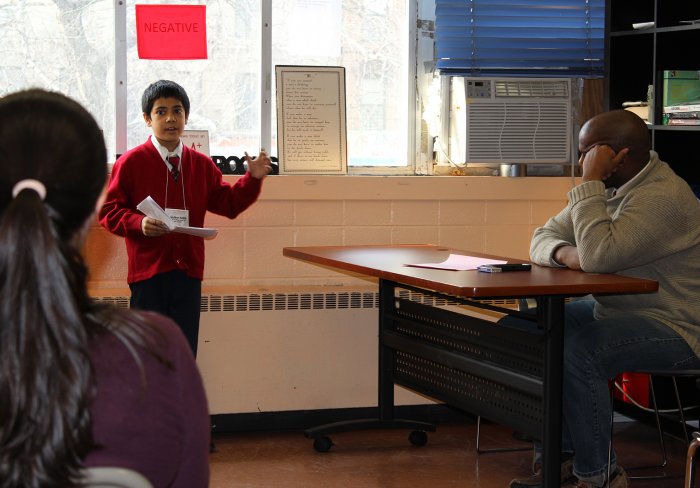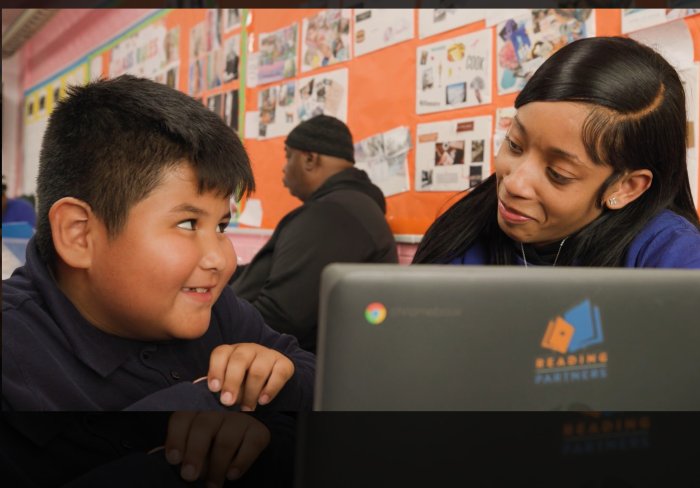Healthy bodies are a key element of healthy minds. According to a new research initiative by Columbia University’s Professor Charles E. Basch, the health conditions prevalent in today’s youth are not simply a statistic, they are a major cause of the educational crisis, known as the student achievement gap. There have been great nationwide efforts to close this gap by raising the caliber of our teachers through stringent certification, asking for higher academic standards, improving levels of accountability, and acting on the No Child Left Behind Act (NCLB). Yet, the student achievement gap – especially among urban minority youths – remains as wide as ever.
What we do know for sure is that physical and emotional health issues – asthma, visual problems, teen pregnancy, obesity, insufficient nutrition and hyperactivity – are unacceptably high and disproportionately affect low-income and urban minority youths. What we did not know before was exactly how these conditions, individually and combined, negatively impact overall academic achievement. Professor Basch categorizes five pathways through which this impairment occurs: sensory perception, cognition, school connectedness and engagement, absenteeism, and temporary/permanent dropping out.
What can we do to turn this around? Develop a multi-faceted strategy which addresses all the health priorities and their causal effects – simultaneously. The compelling research was presented recently at an event sponsored by the Teachers College’s Campaign for Educational Equity and moderated by The Children’s Aid Society’s Assistant Executive Director for Community Schools, Jane Quinn.
Additional comments from Jane Quinn, Assistant Executive Director for Community Schools at The Children’s Aid Society:
“Dr. Basch has made a significant contribution to our understanding of the integral relationship between health and education by putting rigorous science under common sense. The causal pathways analysis makes the connections clear and explicit, and Basch has offered practical ideas about ways that schools and community partners can work together to address these untenable health disparities.”







